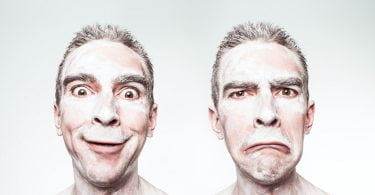The general election of 2015 produced a new record. 191 women were elected as Members of Parliament (MPs), 29% of all MPs.

SOURCE: HOUSE OF COMMONS LIBRARY
While this increase is evidence that UK politics is moving in the right direction, these statistics are still tragically low and support the recent and ongoing criticism of an overly male-dominated Parliament. It has been argued that major issues such as the abolishing the ‘Tampon Tax’, instituted and approved by an all-male group in 1973, have been overlooked and avoided in Parliament due to this unequal representation. The embarassment around exclusively female issues has built a hurdle to finding solutions to these problems. As illustrated by Sir Bill Cash who referred to tampons as ‘these products’ late last year until corrected by a MP Stella Creasy.
Jeremy Corbyn has also been reprimanded for his choice of cabinet members, the majority of high positions being held by men. There have been calls to increase the female representation in Parliament but it is difficult to see how can this be brought about by a male-dominated, and stubbornly archaic, institution.
The key reason why females are not qually represented in Parliament, is the limited number of women actually applying for jobs in politics. Although the gender bias of political parties is improving, there is still long way to go.
Women who consider going into politics potentially feel as though they will be ignored as they are part of the minority. There has also been a substantial amount of abuse via social media particarly aimed towards female politicians such as Yvette Cooper. Cooper has highlighted the mysogynistic bullying she and others received during the election campaign in 2015, claiming that such behaviour will inevitably push women away from pursuing a career in politics.
Starting at a young age
A potential solution would be to institute a program of working with schools and higher institutions to encourage young women to consider careers in politics and, specifically, Parliament, using the aids of current female MPs to prove that it can be done. Currently, UN Women is working to provide platforms for women to be more active in politics and to take on leadership roles. An increase of organisations like this could exponentially increase female represention in Parliament.

SOURCE: Flickr tom donald
Nicola Sturgeon, Leader of the SNP and a potential role model for many women looking to enter Parliament.

SOURCE: Flickr Robert huffstutter
Margaret Thatcher, currently the only female Prime Minister of the UK, famously took speech lessons to lower her voice in order to make it more powerful in Parliament.
The stigma around a career in politics might be diminished by also highlighting influential female figures in politics, establshing a new ‘norm.’ Pushing current female MPs to more publicly display their work in areas of politics which are assumed to be more ‘male dominated’ would demonstrate the varied issues women can be involved in and that women are not restricted to more female-oriented issues. The increasing of educational opportunities available to women would have a similar result.
Positive discrimination, where groups suffering discrimination or that are under represented are favoured in selection criteria, is another, albeit short-term, method that could provide concrete job placements for women. Leading by example, these women could, in turn, encourage other women to apply for parliamentary positions.
These multiple solutions combined could turn Parliament into a far more gender balanced institution – women will naturally apply for political jobs after seeing fellow females in such empowered positions.
What do you think? How can we encourage more women in Parliament? Have your say in the comments below.








